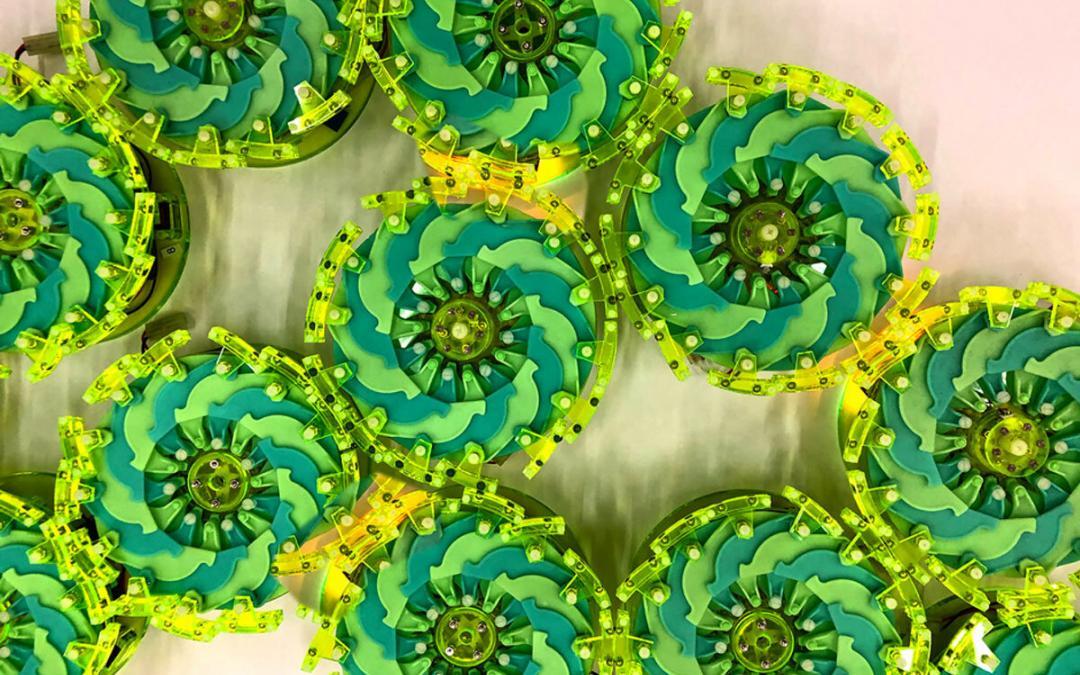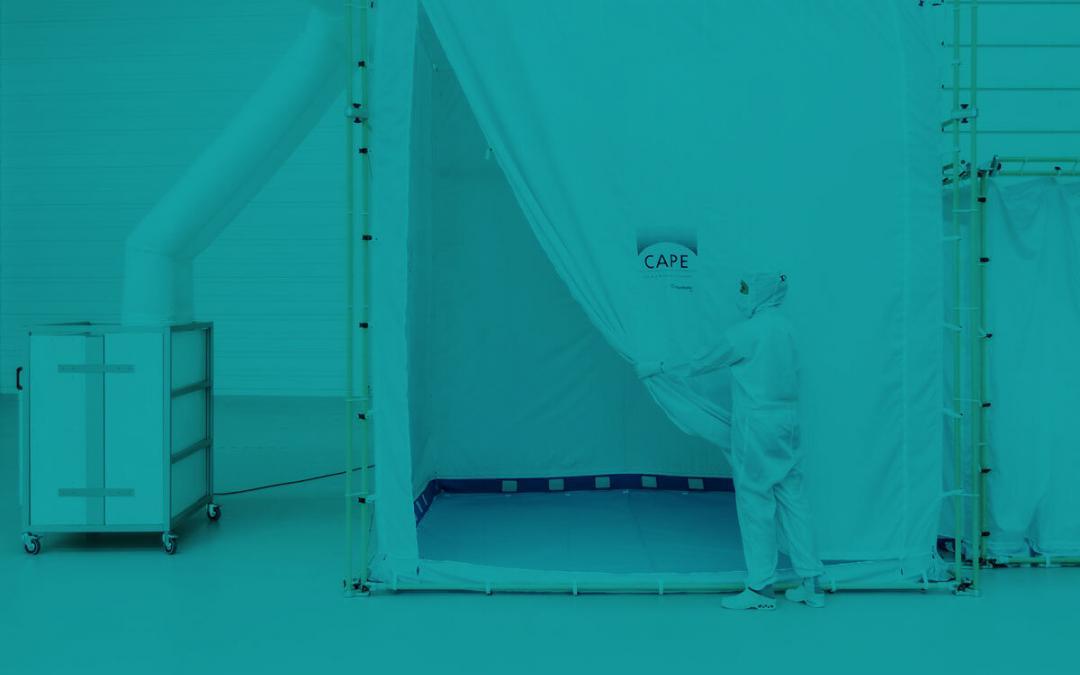Taking a cue from biological cells, researchers from MIT, Columbia University, and elsewhere have developed computationally simple robots that connect in large groups to move around, transport objects, and complete other tasks.


Taking a cue from biological cells, researchers from MIT, Columbia University, and elsewhere have developed computationally simple robots that connect in large groups to move around, transport objects, and complete other tasks.

CAPE® is a transportable, tent-like cleanroom facility developed by researchers at the Fraunhofer Institute for Manufacturing Engineering and Automation IPA. It can be installed both indoors and in unexposed outdoor locations, and takes less than an hour to set up.

Bioquell offers a unique opportunity to broaden Ecolab’s portfolio of products, services, and solutions. Bioquell’s expertise in bio-decontamination and deep-cleaning utilizing vaporized hydrogen peroxide technologies complements Ecolab’s daily cleaning and disinfection offerings for cleanrooms and other high-grade environments.
Micron shares their process for memory chip fabrication in their state-of-the-art nanofab cleanrooms
From laptops to mobile phones to connected cars and homes, memory and storage are helping change how the world works, plays, communicates and connects. Check out this behind the scenes look at Micron’s state of the art fabrication process for how memory chips are made – from initial design all the way through testing and packaging.
Led by Drs Andrij Vasylenko, Samuel Marks, Jeremy Sloan and David Quigley from Warwick’s Department of Physics, in collaboration with the Universities of Cambridge and Birmingham, the researchers have found that the most effective thermoelectric materials can be realised by shaping them into the thinnest possible nanowires.
Chemical-Feasting Bacteria Provide New Key for Water Decontamination. NJIT researchers find “catalyst” behind a rare bacteria’s ability to feed on and remove the contaminant 1,4-dioxane from impacted groundwater and drinking water. Scientists at New Jersey Institute of Technology (NJIT) have uncovered a rare enzyme in bacteria with the ability to degrade the “likely human carcinogen” and water contaminant, 1,4-dioxane.
Plastic nanoparticles – these are tiny pieces of plastic or nanoplastics less than 1 micrometre in size – could potentially contaminate food chains, and ultimately affect human health, according to a recent study by scientists from the National University of Singapore (NUS). They discovered that nanoplastics are easily ingested by marine organisms, and they accumulate in the organisms over time, with a risk of being transferred up the food chain, threatening food safety and posing health risks.
Infineon Technologies AG is to build a new factory for power semiconductors. The market and technology leader in this segment will thereby create the foundation for long-term, profitable growth. A fully automated chip factory for manufacturing 300-millimeter thin wafers will be constructed at the Villach location in Austria alongside the existing production facility. Austria’s Chancellor Sebastian Kurz, Dr. Reinhard Ploss, Chief Executive Officer of Infineon, and Dr. Sabine Herlitschka, Chief Executive Officer of Infineon Austria, presented the project in Vienna.
II-VI EpiWorks opened an expansion of its center of manufacturing excellence in Champaign, Illinois. The company’s state-of-the-art facility is a manufacturing center for compound semiconductors that makes epitaxial wafer products. The expansion will quadruple production of products that enable some of the most exciting new consumer electronics in the world.
Atomic-scale manufacturing revolutionizes the future of electronics production. The University of Alberta Scientists have innovated an atomic-scale manufacturing process, setting a standard for mass production of electronics that are faster, smaller and consume less energy than the electronics of today. The implications of this new atomic-scale manufacturing capability are enormous. In the future, we will see mobile phones that can go months without a charge and computers that are faster (100X) but use 1/1000th of the power currently used for device operation.
While the field of materials science has been making big strides in recent years, scientists are still behind nature when it comes to making super-strong materials. Lately, researchers have been focusing on the strength of nanoscale structures of natural materials with the expectations that it will lead to the creation of strong macro-scale structures. The nanoscale structures’ composition of cellulose nanofibrils (CNFs) has provided a significant amount of inspiration for these research efforts. However, inadequate adhesion and un-aligned pieces have kept scientists from realizing the potential of cellulose-inspired materials.
Nanoparticles carrying two drugs can cross the blood-brain barrier and shrink glioblastoma tumors. Glioblastoma multiforme, a type of brain tumor, is one of the most difficult-to-treat cancers. Only a handful of drugs are approved to treat glioblastoma, and the median life expectancy for patients diagnosed with the disease is less than 15 months.